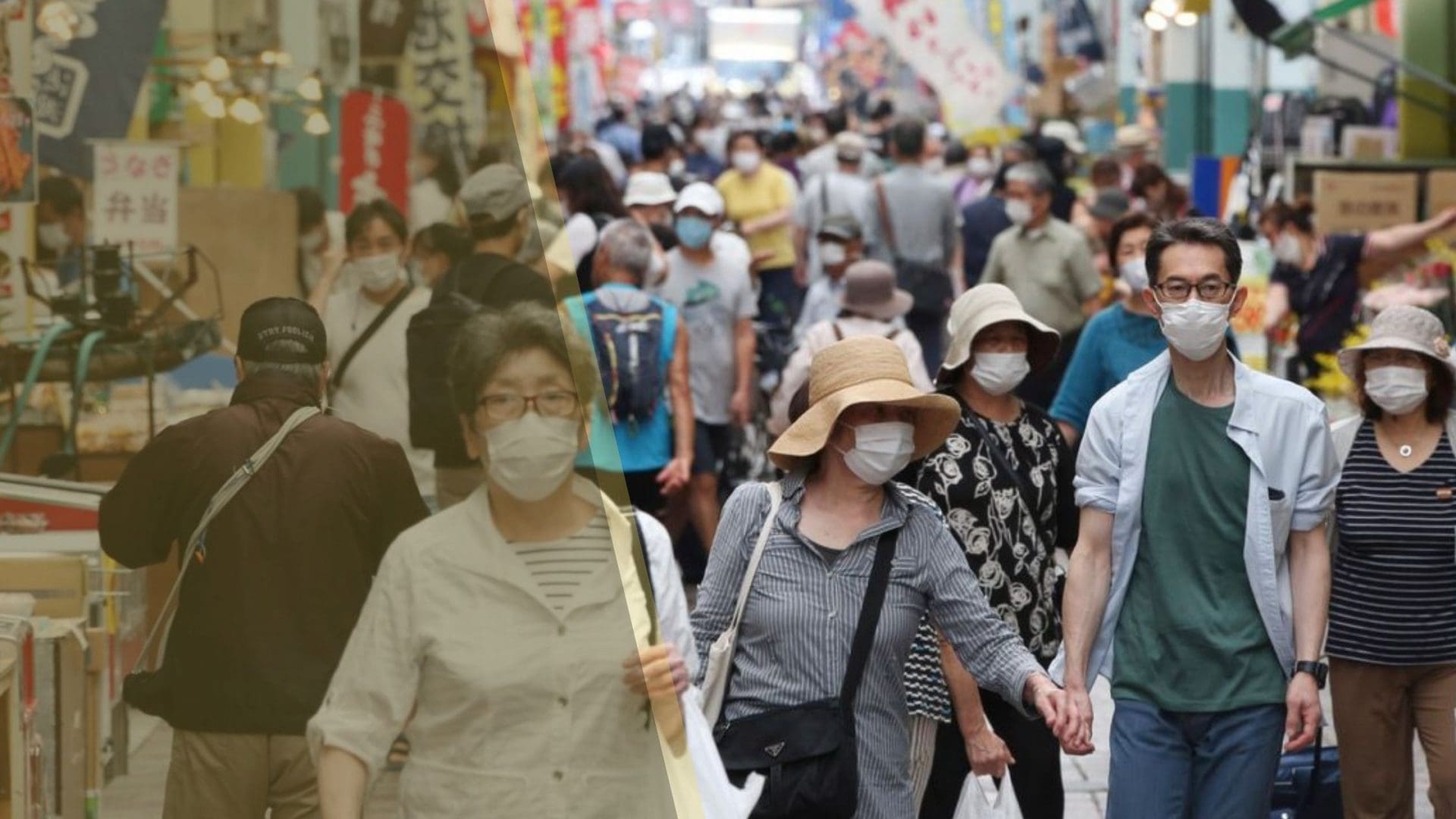Japan Prices Hold Steady, U.S. Inflation Surges, ‘Japanification’ 2022

Japan Prices Hold Steady Inflation
Japan Prices Held Steady, Whether you’re buying a ticket for the subway. Stopping by McDonald’s for lunch. Or shopping for a computer, the prices of these things don’t change much in Japan but in the US, they’re going up, and inflation hit a three-decade high in October.
Whereas in Japan, inflation is about zero and has been that way for nearly 30 years. In fact, there have been periods when prices were actually falling, deflation. So we went shopping around Tokyo to see how low prices that may seem great for our wallets could actually be one sign of a less dynamic and slow-growing economy.
If you wanna buy electronics in Tokyo, this is the place to be, and coming to Akihabara is also a good place to compare prices with the US, and see how Japan is dealing with inflationary pressure differently.
In the US, the price of computers jumped 8% in the month of October compared to a year earlier, whereas in Japan, prices of these Notebook computers actually fell a little more than 1%. And one of the reasons for that big difference in demand.
US Inflation Recovery Plan

As the US has begun to recover, at least economically, from the pandemic, there’s been an upsurge of demand, the US has seen a lot of supply chain pressures, including shortages of parts and materials, like semiconductors that go into so many products, including electronics. And also, container ships have been blocked at ports, such as Los Angeles and Long Beach.
So they’re backed up, and that means a shortage, and in some cases, it means retailers feel that they can or must raise prices. Japan faces many of the same supply chain problems as the US does but in general, it has not resulted in price increases in Japan. One reason is that consumer demand, in general, is not strong in Japan, and hasn’t been.
Also Read:
Why Warehouses Are Taking Over The U.S.: 5 The Good, the Bad
And that’s part of the inflation story that Japan has never really experienced what we see in the US right now. But companies in the US found it hard to meet that higher consumer demand because they aren’t able to find enough workers. So that’s driving them to boost salaries to recruit workers and the cost then is passed on as higher prices.
And you can see that happening on a menu at McDonald’s. (speaking in a foreign language) – Here in Tokyo, a Big Mac was the equivalent of about $3.40. In the US, they’re actually raising prices at McDonald’s, and according to the company, that’s large because of wage increases.
Average Ratio in Price Increase in Japan

McDonald’s said wages have gone up at least 10% so far this year at US restaurants. And a survey finds that companies in the US are setting aside an average of 3.9% of total payroll for wage increases next year, the most since 2008. In Japan, we just haven’t seen the wage-price cycle develop.
One reason that wages tend to rise more slowly in Japan is because of a more rigid labour force. People are staying at companies for a very long time and they really don’t have the flexibility to switch jobs without great personal loss. So companies are not really under pressure to offer these people wage increases.
Because wages don’t go up here, people aren’t willing to open up their wallets. One survey by the Bank of Japan found that about half of people think of price first when making a purchase, and they tend to reject any retailer that raises prices. Companies have found they’re better off keeping their prices level.

Also Read:
How To Make Money With NFTs (MY TOP 3) be a NFT Millionaire!
So for example, train ticket prices in Japan haven’t gone up that much for the last 30 years. Whereas in the US, the minimum fare on the New York Subway has more than doubled over the same period.
Besides train tickets, you see flat prices really all across the economy. For example, Eon, which is one of Japan’s biggest retailers putting signs in its stores saying prices frozen! At least until the end of the year.
Prices that don’t change very much can be reflective of a society that doesn’t change very much. And that could be a good thing or a bad thing, depending on your perspective.
Japan’s Stable Inflation Society

Japan is still a pretty vibrant place. It’s a stable society, it has kept its unemployment rate low but it tends to be accompanied by other phenomena that are not so favourable, such as static wages, such as an economy that seems to lack some of the dynamism of the US where you have a new company like Tesla storming onto the scene and seizing a big part of a market like cars.
You can see some of that recently in growth figures. Japan’s GDP shrank at an annual pace of 3.6% in the third quarter, whereas in the US, the figure was 2.1% growth. Low prices and prices that never go up may sound like a good thing but they can also reflect larger economic problems in a country.
Also Read:
5 Common Misconceptions About Can You Make Money From NFTs?






